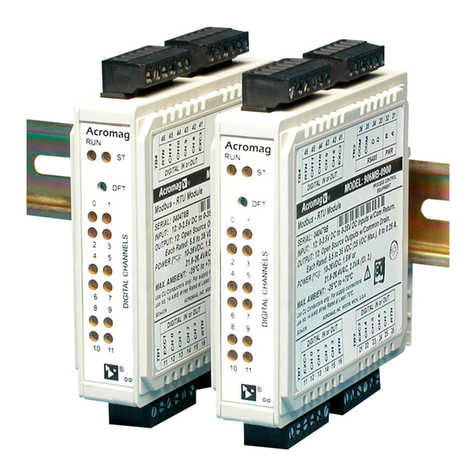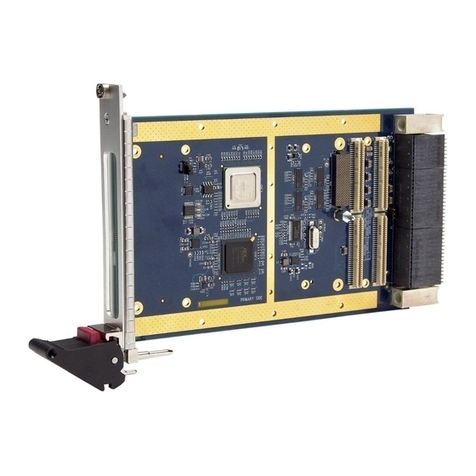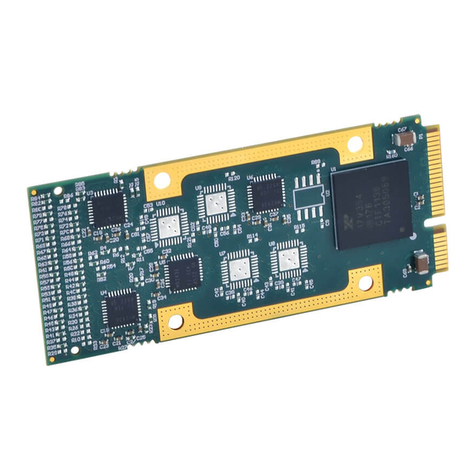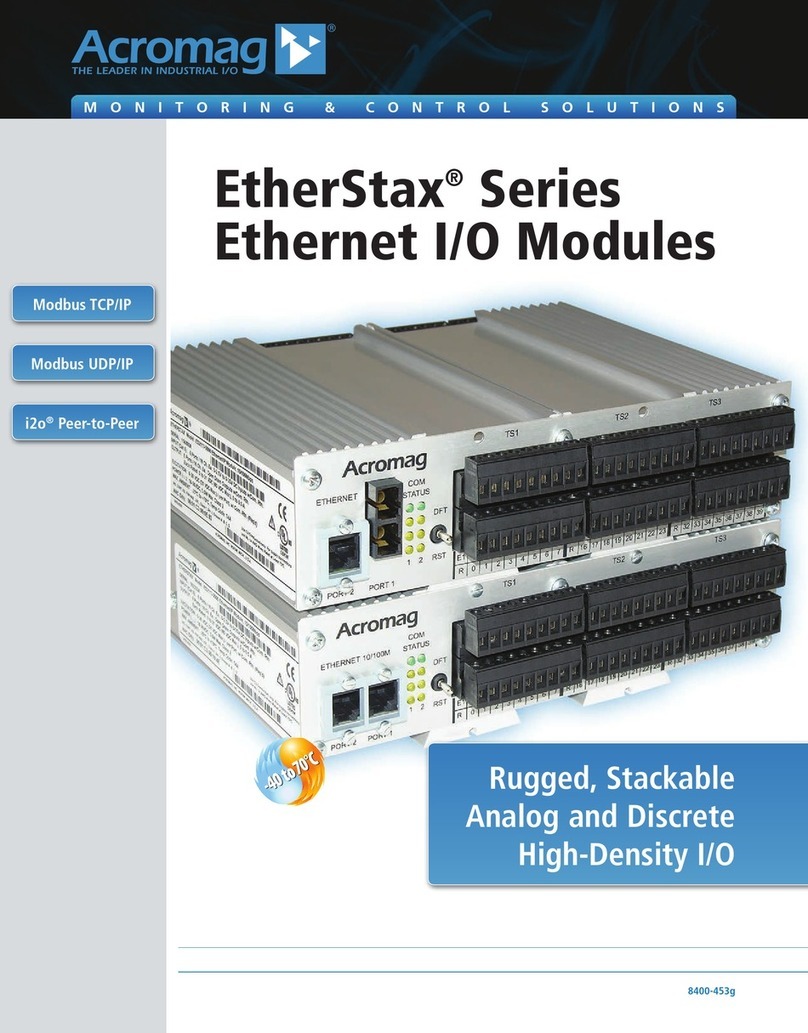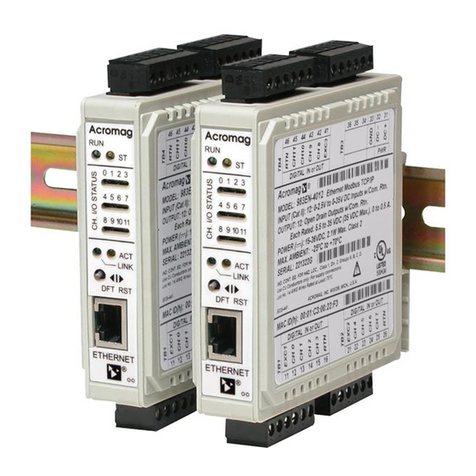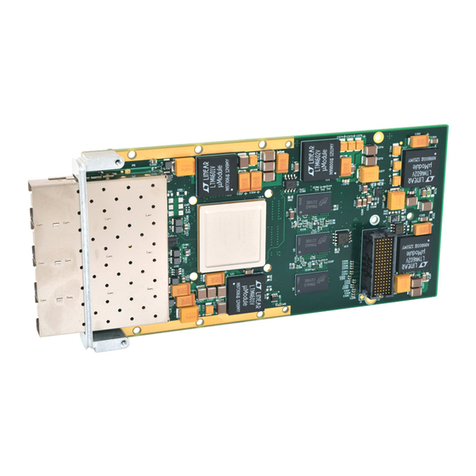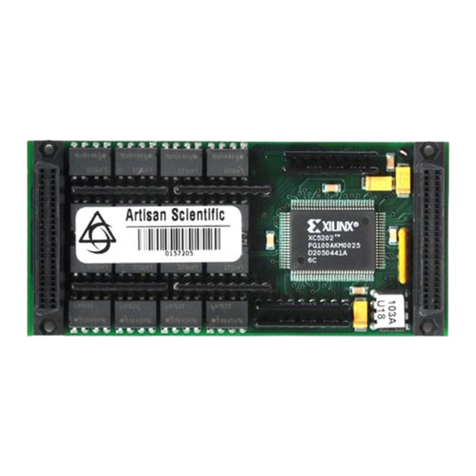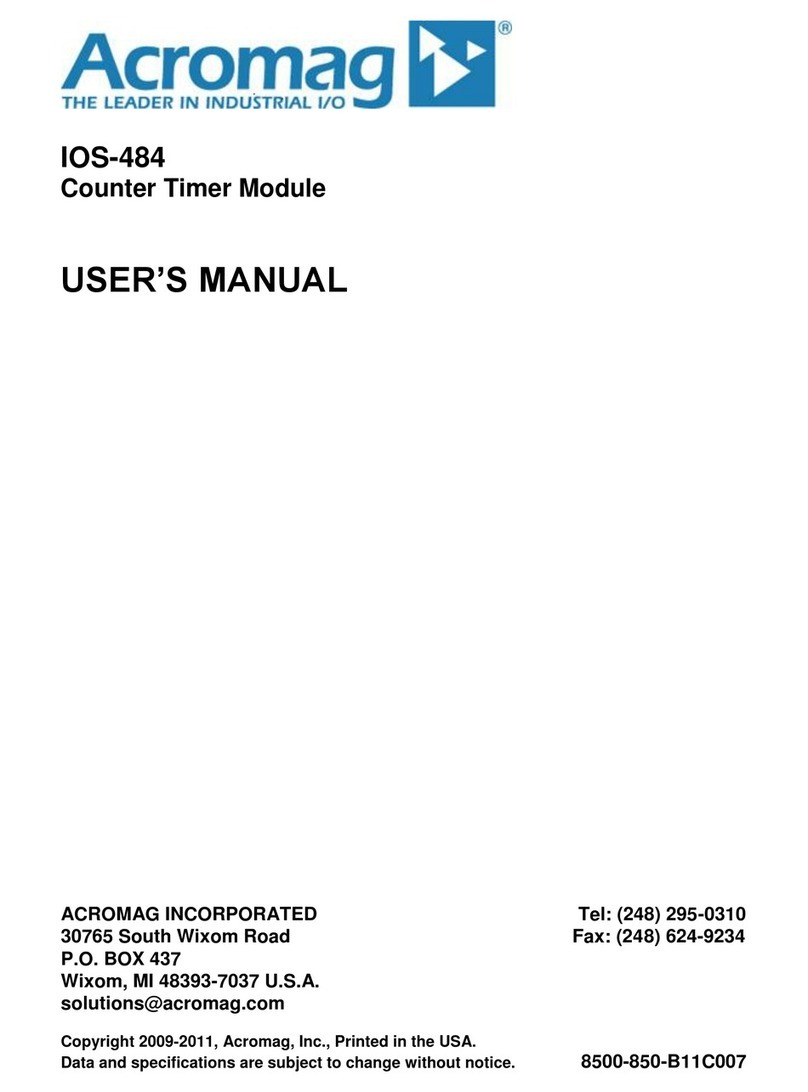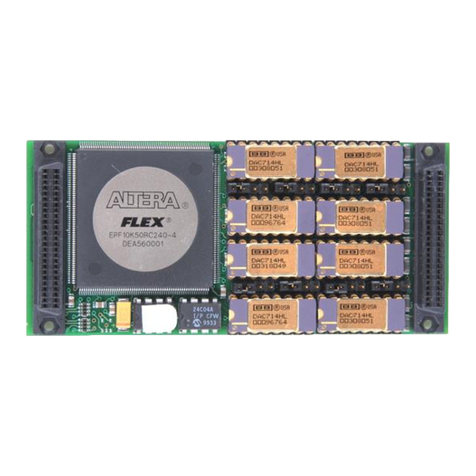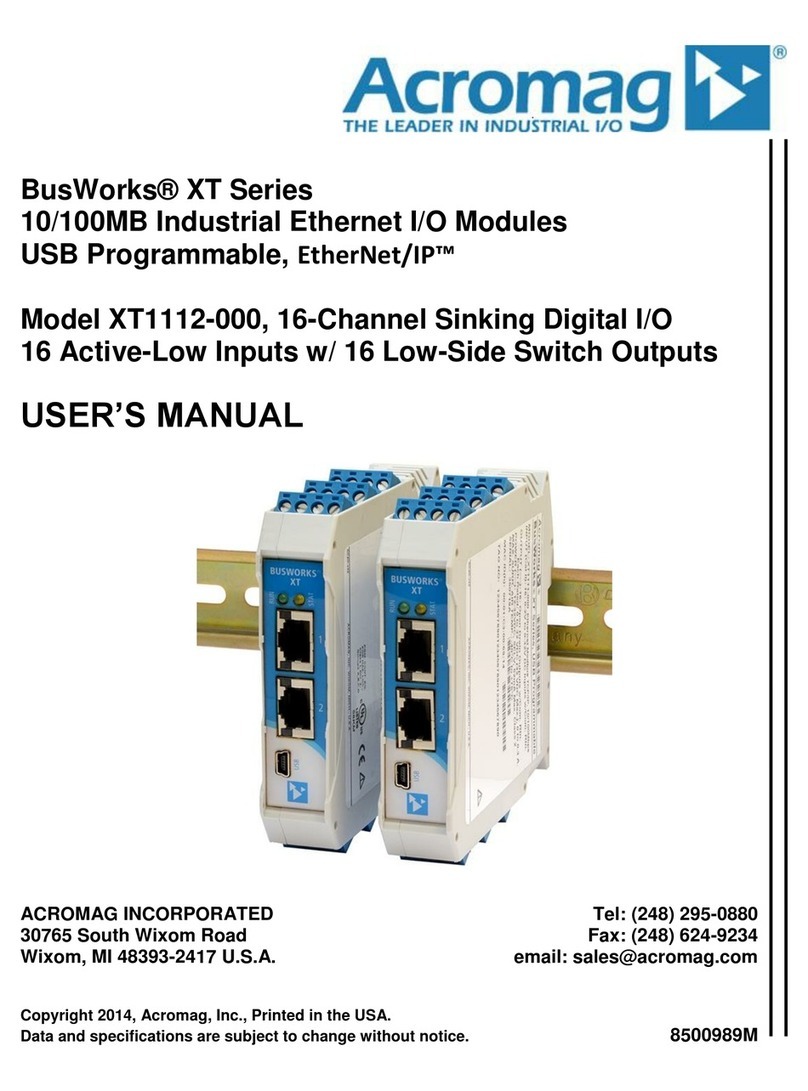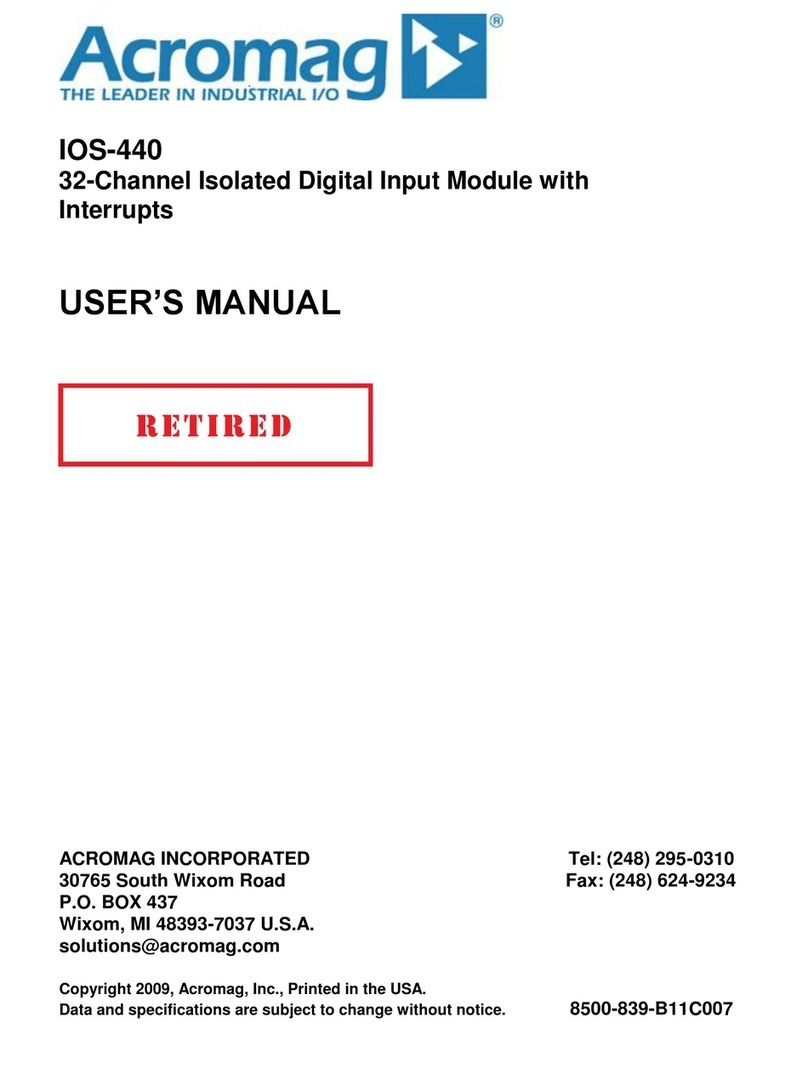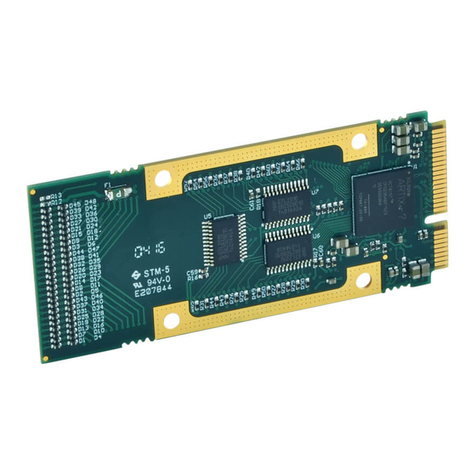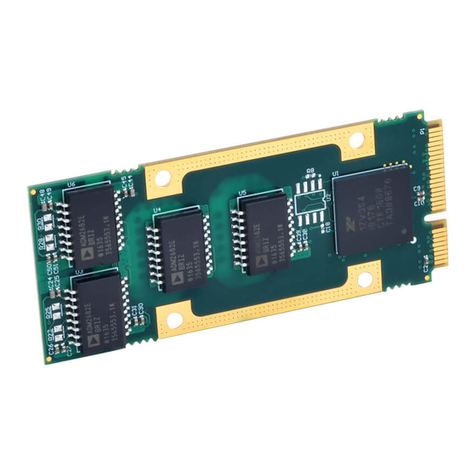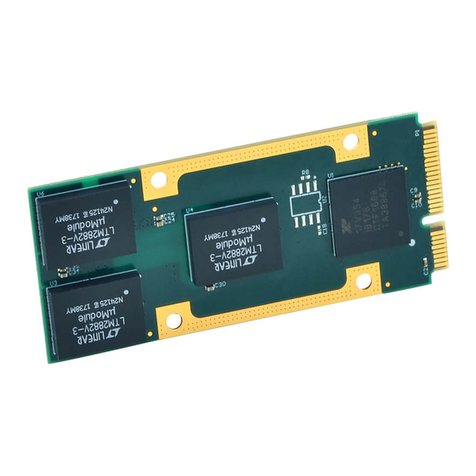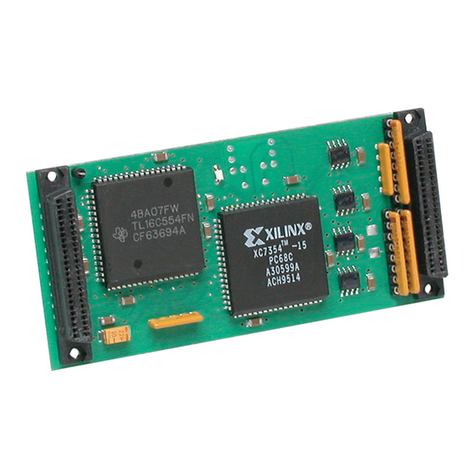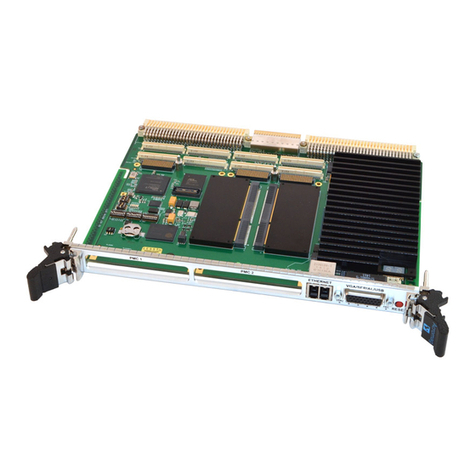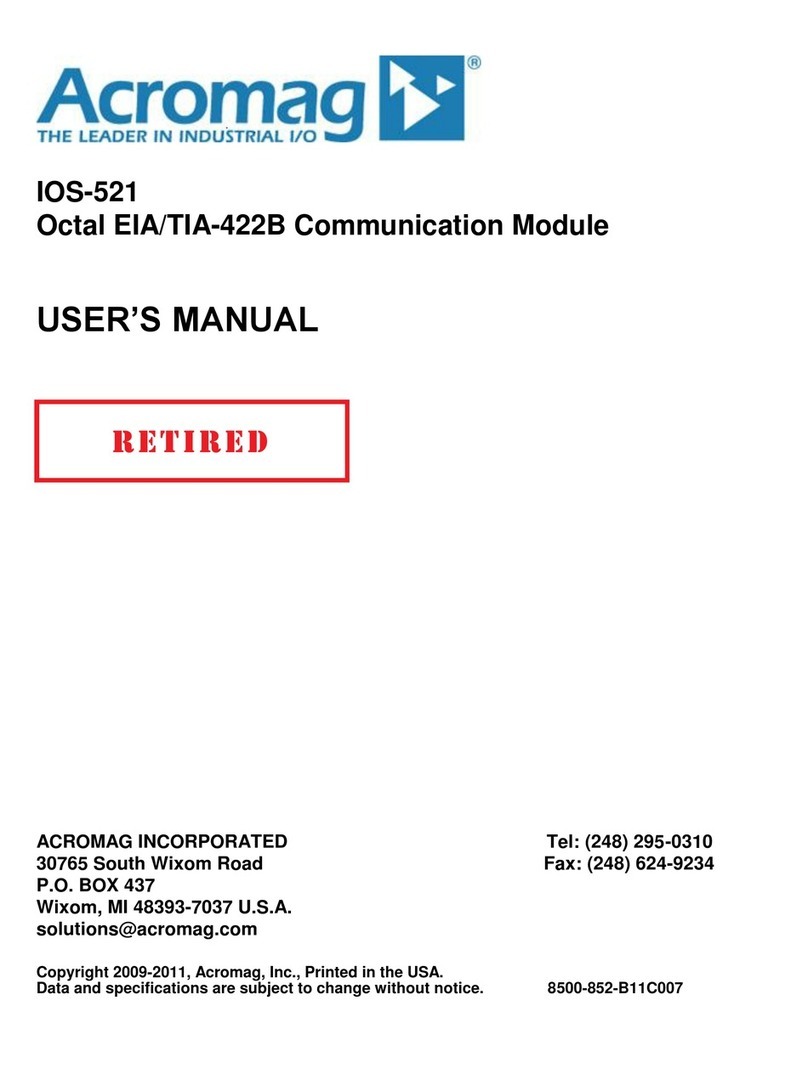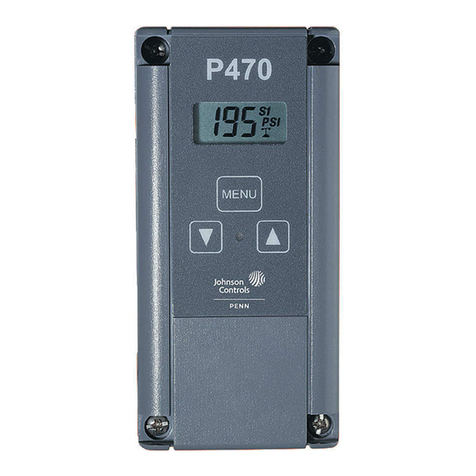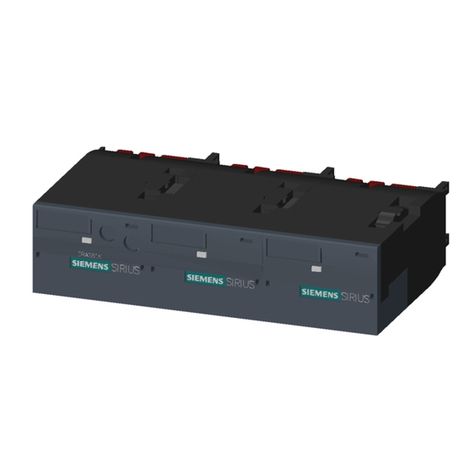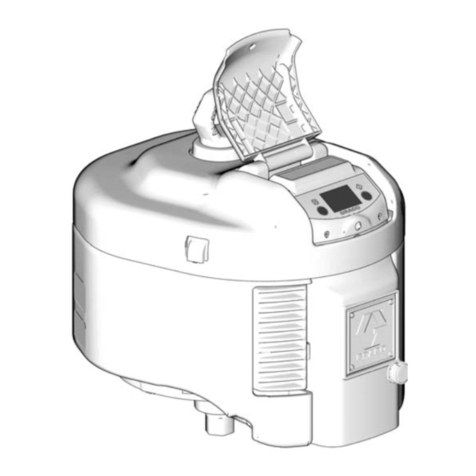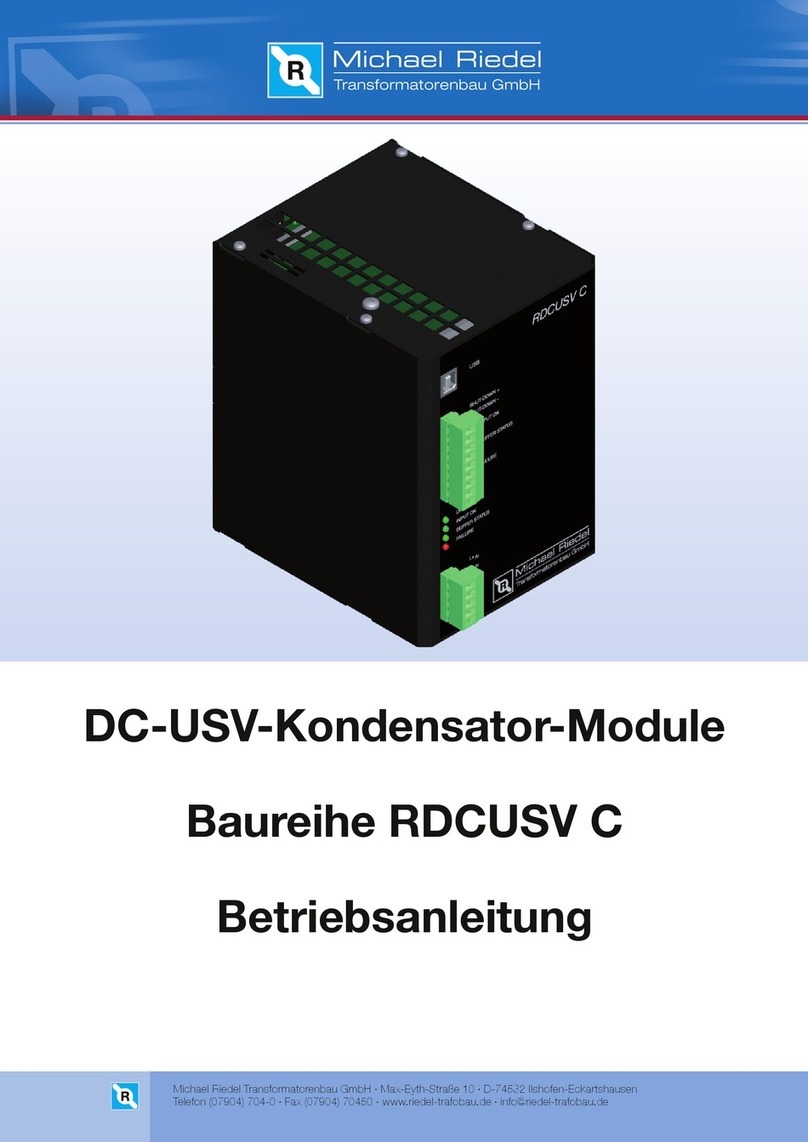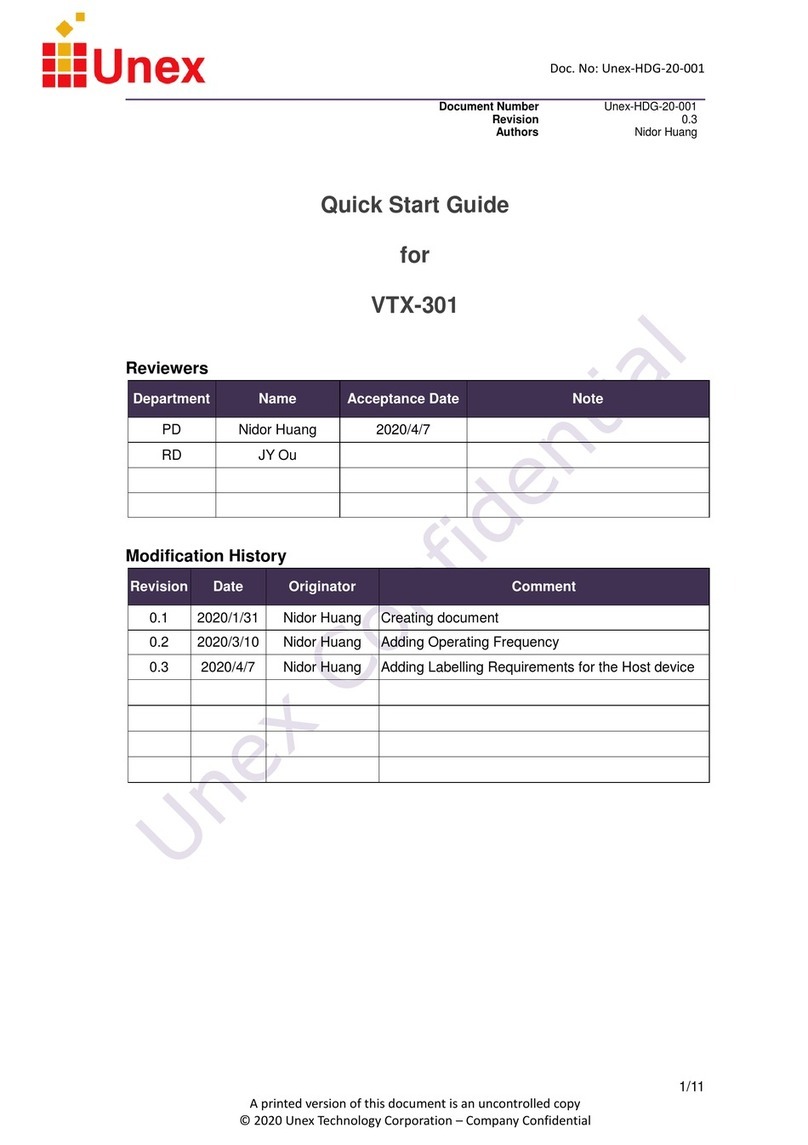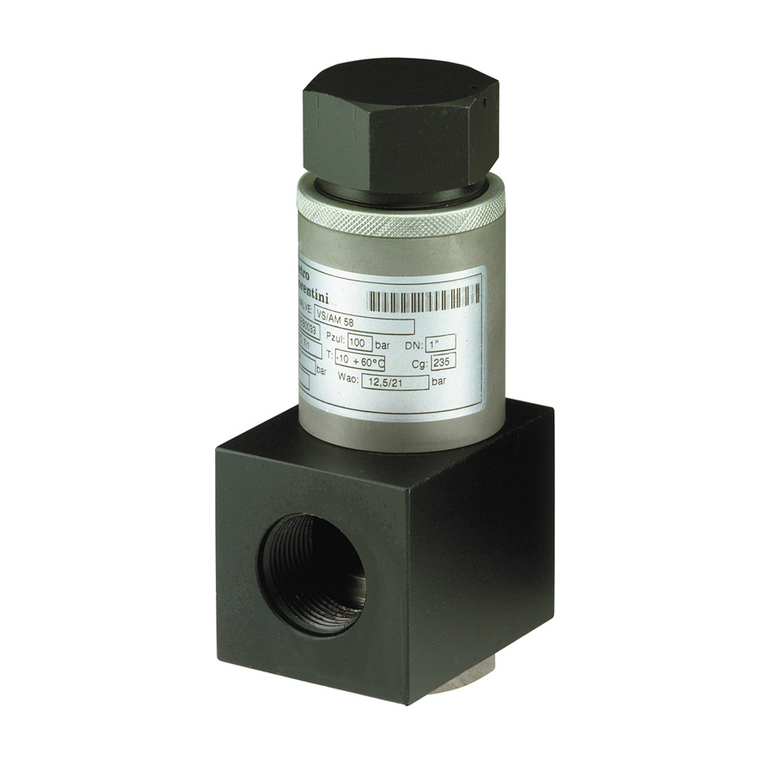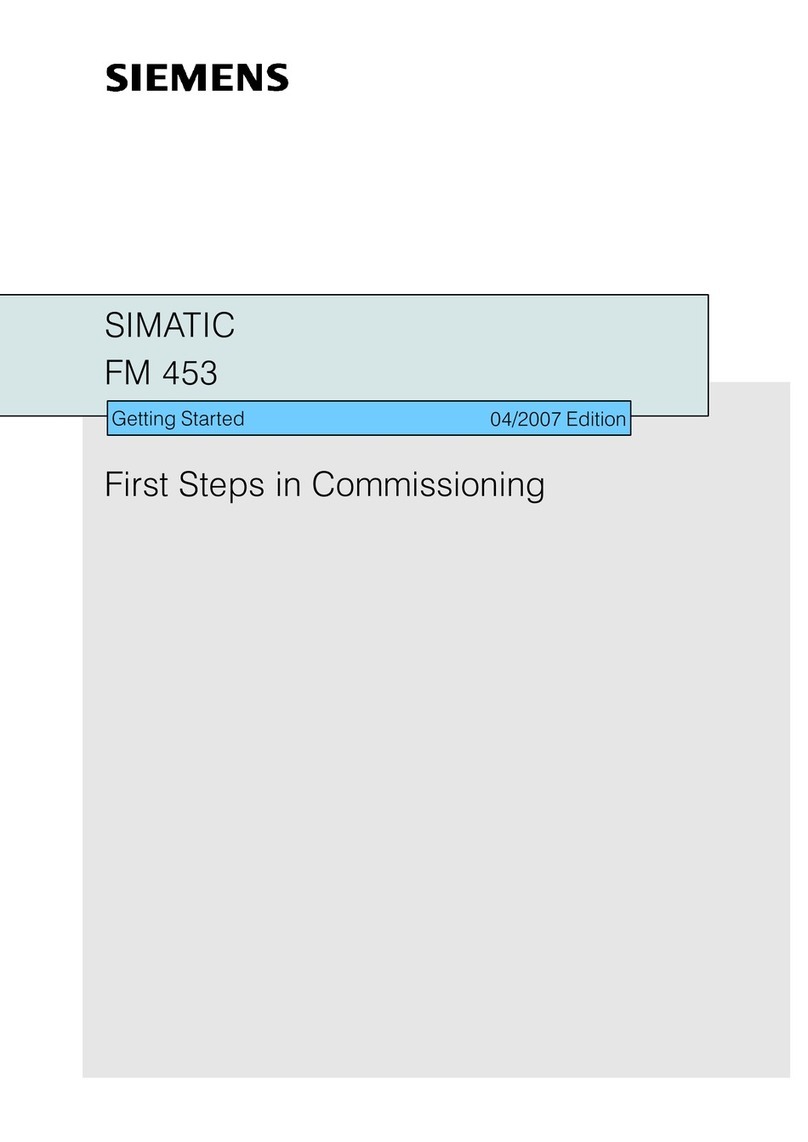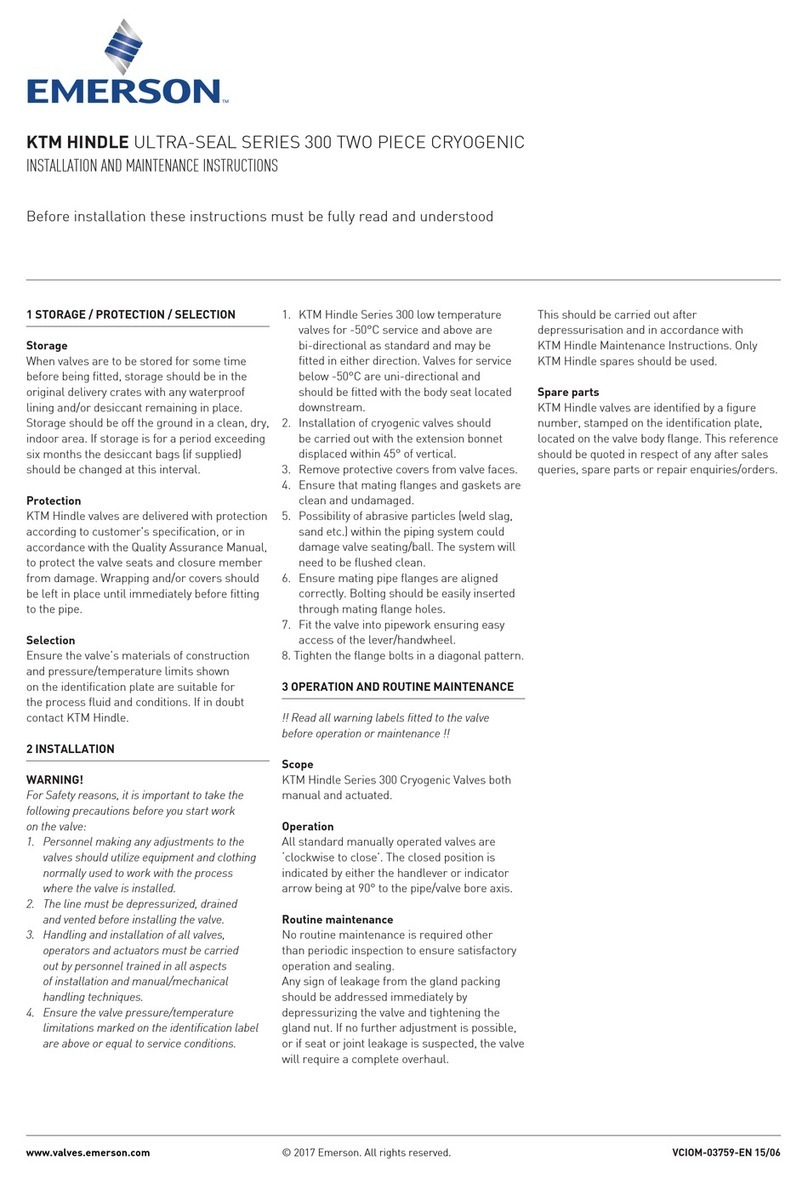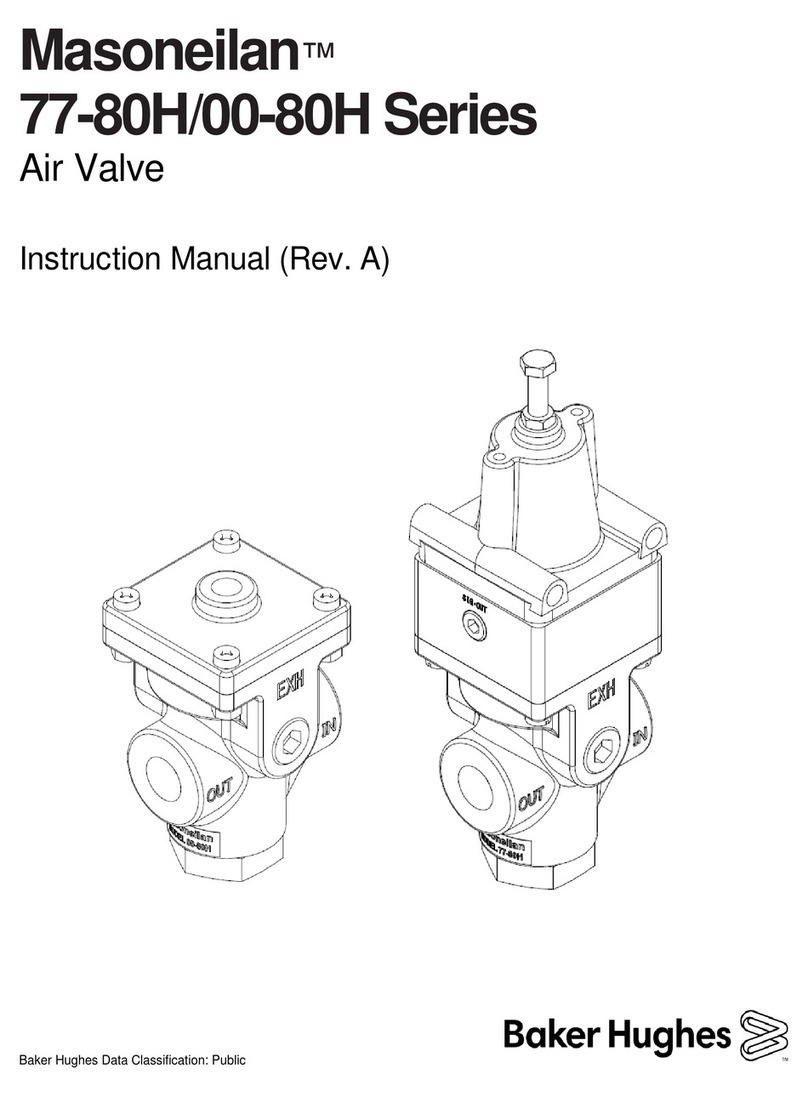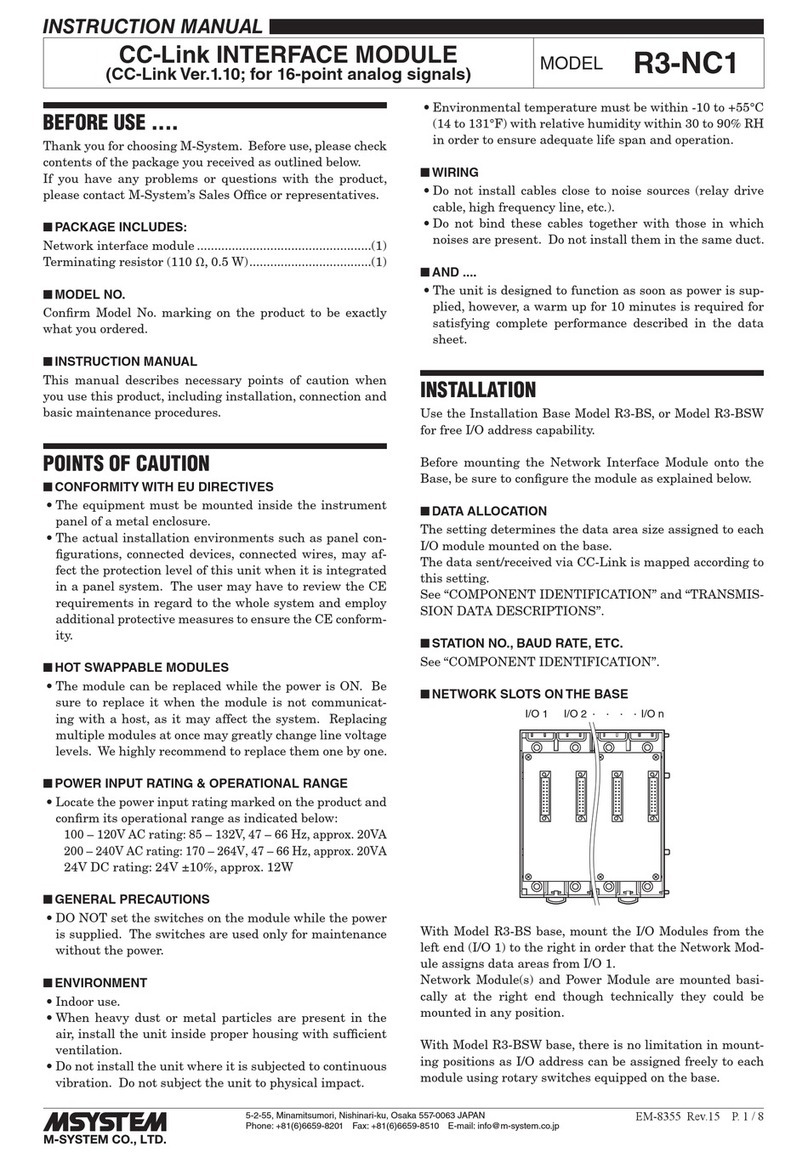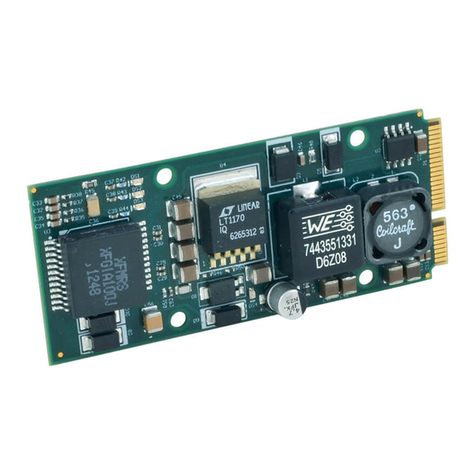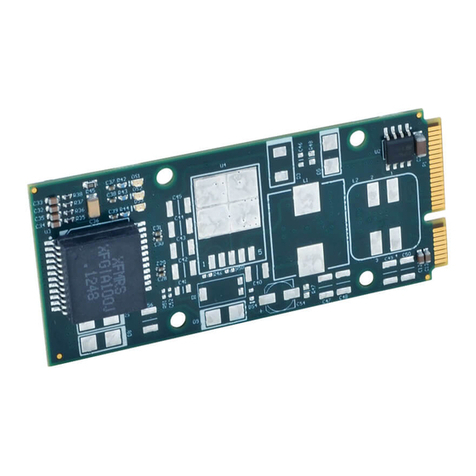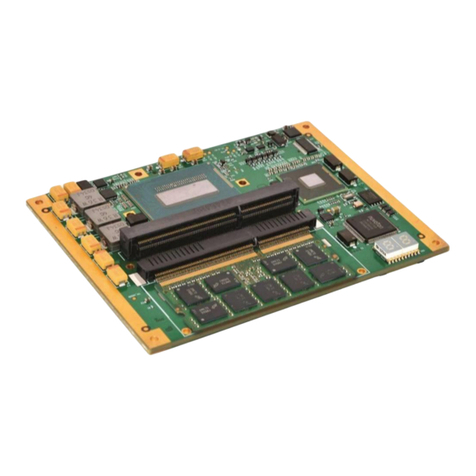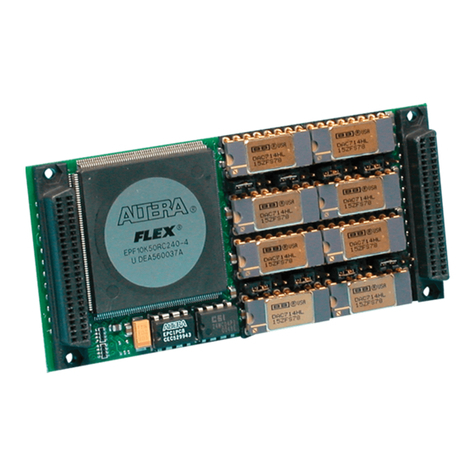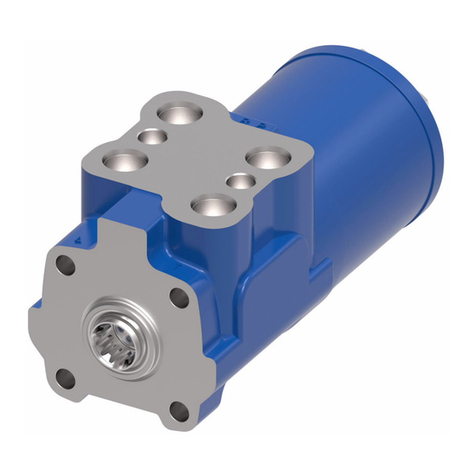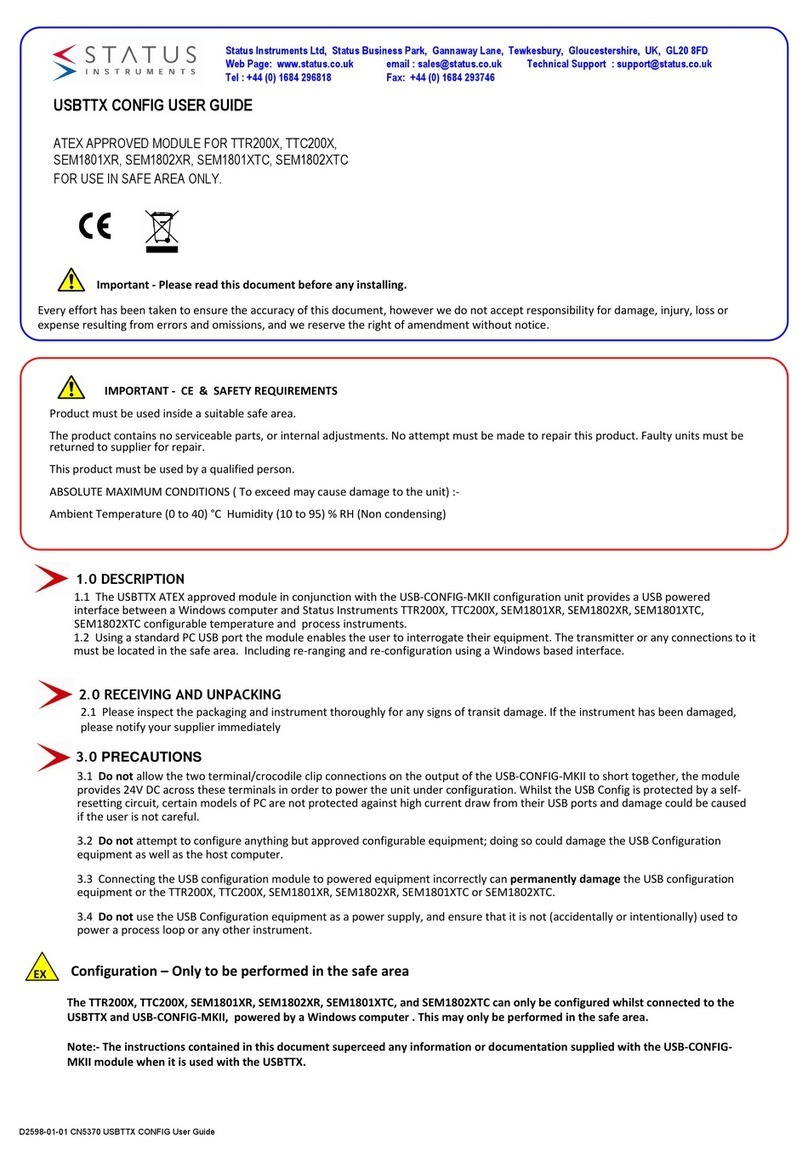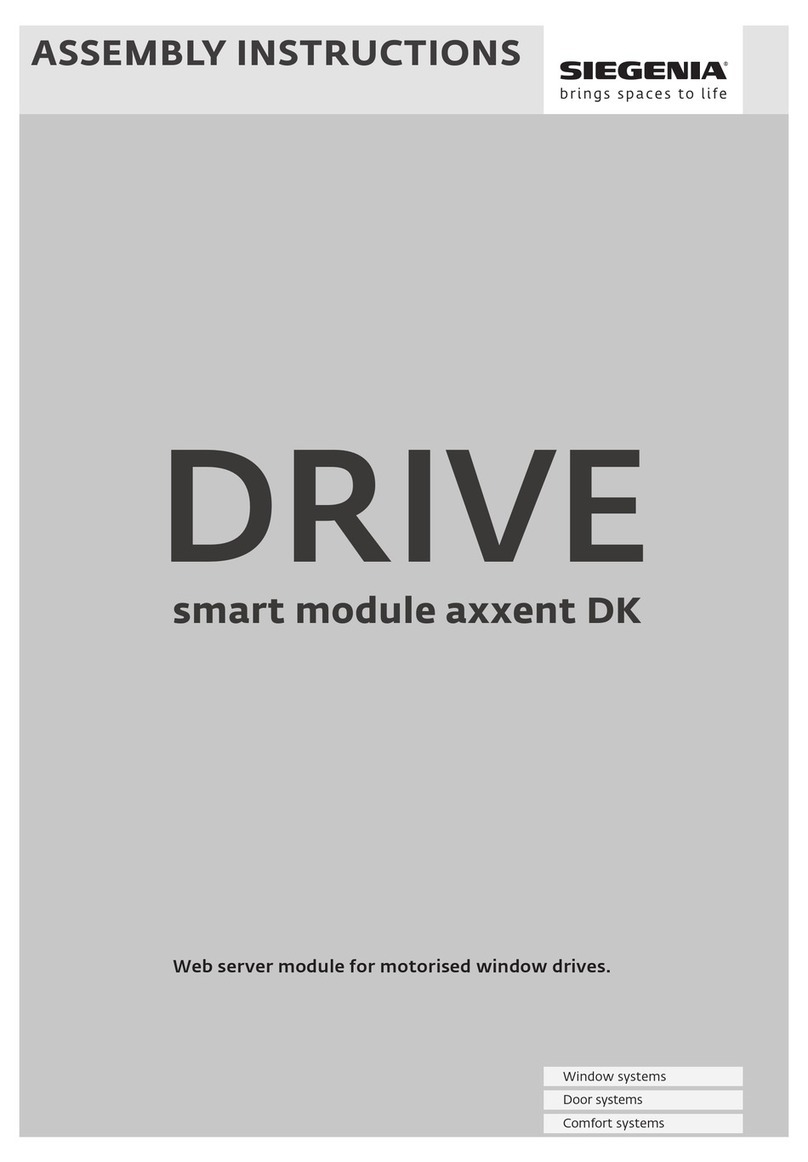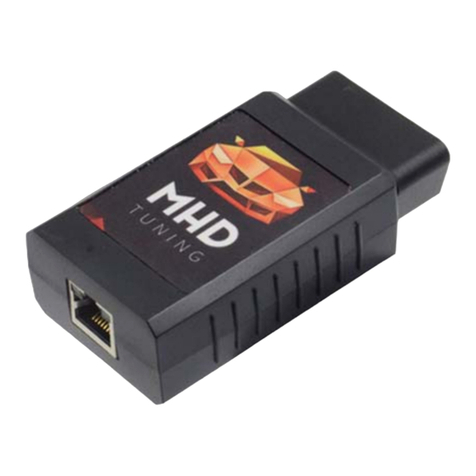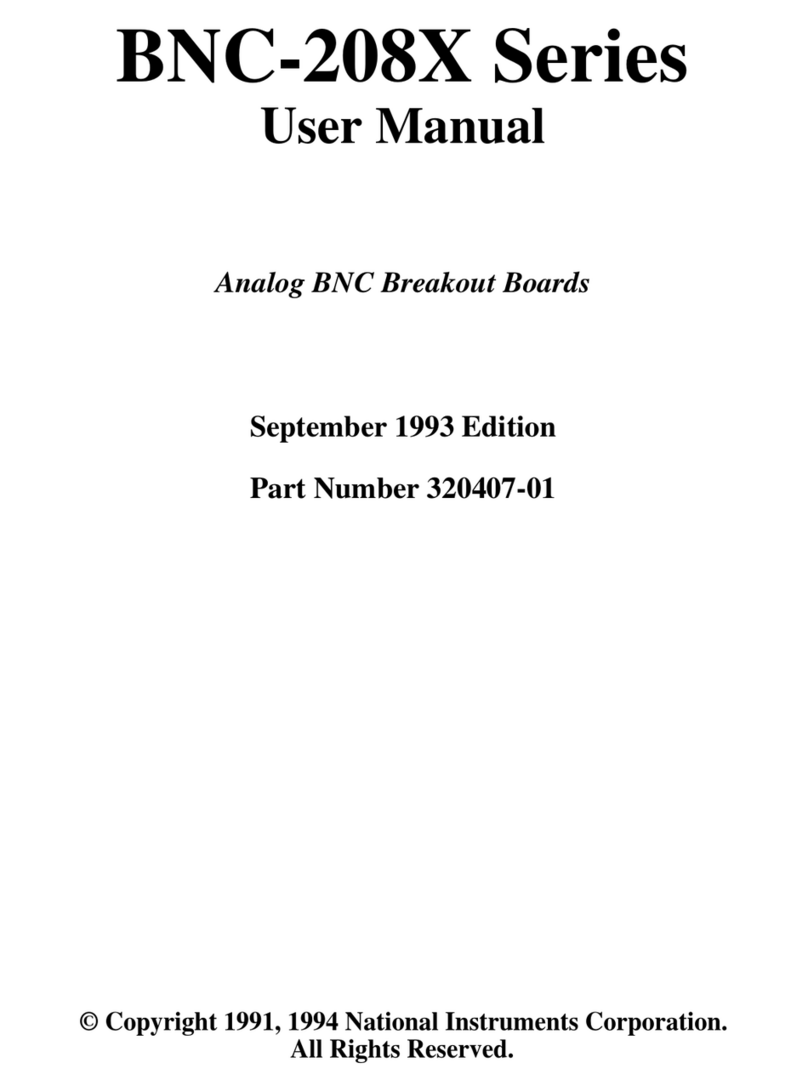
SERIES IP235A/230A INDUSTRIAL I/O PACK 16-BIT HIGH DENSITY ANALOG OUTPUT MODULE
__________________________________________________________________________________________
-
-
The IP235A and IP230A utilize state of the art Surface Mounted
Technology (SMT) to achieve their high channel density. Four units
may be mounted on a carrier board to provide up to 32 analog output
channels per 6U-VMEbus system slot or ISA bus (PC/AT) system
slot. The IP235A and IP230A offer a variety of features which make
them an ideal choice for many industrial and scientific applications as
described below.
KEY IP235A and IP230A FEATURES
DAC 16-Bit Resolution –16-bit monolithic DAC with bipolar
voltage output ranges of 10V, 5V, and an unipolar output
range of 0 to 10V.
10sec Conversion Time –A maximum recommended
conversion rate of 100KHz, for specified accuracy, is supported.
The absolute maximum conversion rate of 150KHz is also
supported.
Reliable Software Calibration –Calibration coefficients stored
on-board provide the means for accurate software calibration for
both gain and offset correction for each of the channels of the
module.
Reset is Failsafe For Bipolar Output Ranges –When the
module is jumpered for bipolar operation, the analog outputs are
reset to 0 volts upon power up or issue of a software or
hardware reset. This eliminates the problem of applying
random output voltages to actuators during power on
sequences.
Individual Output Control - Output channels can be
individually updated. Other channels not updated maintain their
previous analog output values.
Simultaneous Output Control - All output channels are
simultaneously updated upon issue of a software or external
trigger.
Hardware Jumper Setting For Selection of DAC Ranges –
Both bipolar (5V, 10V) and unipolar (0 to 10V) ranges are
available. The ranges can be selected on a per channel basis.
External Trigger Scan Mode –All channels simultaneously
implement a new conversion with each external trigger. This
mode allows synchronization of conversions with external
events that are often asynchronous.
External Trigger Output –The external trigger is assigned to a
field I/O line. The external trigger may be configured as an
output signal to provide a means to synchronize other IP235A
or IP230A devices to a single IP235A or IP230A module.
KEY IP235A FEATURES
User Programmable Interval Timer –A user programmable
interval timer is provided to control the delay between
conversions. All channels are simultaneously converted. Then
after a delay specified by the interval timer, new digital values
are read from memory and all channels are simultaneously
converted. This feature supports a minimum interval of 6.7sec
and a maximum interval of 2.09 seconds.
Single Step Mode –On each new software or external trigger,
all output channels are simultaneously updated with a new
digital value read from their 2K deep waveform memory.
One Cycle Output Mode - Each of the output channels is
simultaneously updated with the digital value from its
corresponding waveform memory. Conversions start with the
first digital value in memory and continue at the rate set by the
interval timer until one cycle through waveform memory has
completed. Conversions are initiated by issue of a software or
external trigger.
Continuous Output Mode - All output channels are
simultaneously updated with a new digital value from their
corresponding waveform memory. Continuous conversions are
implemented by continuously cycling through the waveform
memory until halted by software. The interval between
conversions is controlled by the interval timer. Conversions are
initiated by issue of a software or external trigger.
Interrupt Upon Conversion Complete Mode –The IP235A
can be programmed to interrupt after completion of one cycle
through waveform memory has completed.
INDUSTRIAL I/O PACK INTERFACE FEATURES
High density –Single-size, industry standard, IP module
footprint. Four units mounted on a carrier board provide up to
32 DAC channels in a single system slot. Both VMEbus and
ISA bus (PC/AT) carriers are supported.
Local ID –Each IP module has its own 8-bit ID signature which
can be read via access to the ID space.
16-bit and 8-bit I/O –Port register Read/Write is performed
through data transfer cycles in the IP module I/O space.
High Speed –Access times for all data transfer cycles are
described in terms of “wait”states –1 wait state is required for
reading all control registers and ID values. Interrupt select
cycles also require 1 wait state for reading the interrupt vector.
All write cycles require 1 wait state except for the IP230A-8
where 0 wait state writes are implemented. Read or write of the
waveform memory buffers requires 4 wait states.
SIGNAL INTERFACE PRODUCTS
(See Appendix for more information on compatible products)
This IP module will mate directly to any industry standard IP
carrier board. Acromag’s AVME9630/9660 3U/6U non-intelligent
VMEbus carrier boards and Acromag’s APC8610 ISA bus (PC/AT)
carrier board are supported. A wide range of other Acromag IP
modules are also available to serve your signal conditioning and
interface needs.
The cables and termination panels, described in the following
paragraphs, are also available. For optimum performance with the
16-bit IP235A and IP230A analog output modules, use of the
shortest possible length of shielded output cable is recommended.
Cables
Model 5025-551-X (Shielded Cable): A Flat 50-pin cable with
female connectors at both ends for connecting AVME9630/9660,
APC8610, or other compatible carrier boards, to Model 5025-552
termination panels. The “-X” suffix of the model number is used
to indicate the length in feet. The shielded cable is highly
recommended for optimum performance with the IP235A and
IP230A analog output module.
Termination Panels:
Model 5025-552: A DIN-rail mountable panel that provides 50
screw terminals for universal field I/O termination. Connects to
Acromag AVME9630/9660, APC8610, or other compatible
carrier boards, via flat 50-pin ribbon cable (Model 5025-551-X).
Transition Module:
Model TRANS-GP: This module repeats field I/O connections of
IP modules A through D for rear exit from a VMEbus card cage.
It is available for use in card cages which provide rear exit for I/O
connections via transition modules (transition modules can only
be used in card cages specifically designed for them




















